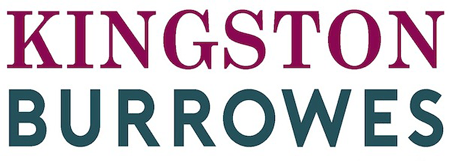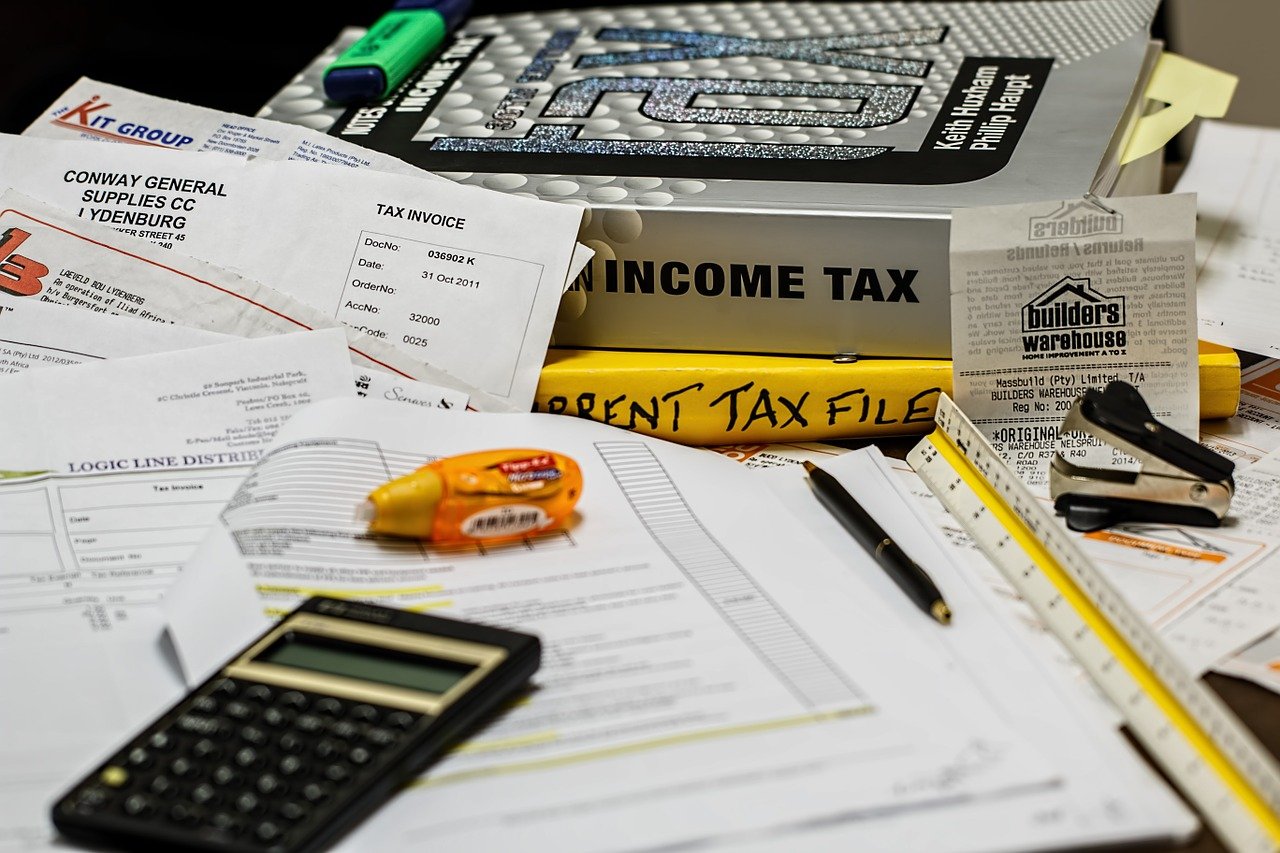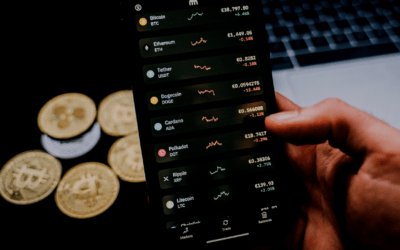With less than 3 months to go until the self-assessment deadline, now is the time to get started if you need to file a personal tax return, and with that in mind, we have prepared a beginners guide to self-assessment.
Below you will find an overview of the process, including who should complete a self-assessment return, by when and which information to include.
Whether it’s your first time or you’re a seasoned filer, it’s unlikely that self-assessment is your favourite time of year. As personal tax accountants, we certainly face the self-assessment rush every January as people suddenly realise that they can’t put it off any longer.
So, before we delve into the finer detail of self-assessment, the most important piece of advice we can give to anyone is to get started as soon as possible.
What is Self-Assessment?
Self-Assessment is a system that HMRC uses to collect Income Tax, and it is aimed at individuals whose income isn’t taxed automatically when it’s paid to them.
While employees of a company are generally taxed by their employer through the Pay As You Earn (PAYE) scheme, anyone who is self-employed, or has other income to declare, must report it on a tax return.
It is possible to complete Self-Assessment via a paper form or online, but both methods require you to provide details on all your income and expenses for the previous tax year. Using this information, HMRC will calculate whether you need to pay any tax, and if so, how much.
You may not be sure if you need to complete a self-assessment, but it’s worth pointing out that self-assessment isn’t just about detailing your income for HMRC to calculate the tax you owe. It’s also an opportunity to carefully consider your business expenses and record any tax exemptions, and the more time you allow yourself to do this, the better.
Do I need to file a 2021/2022 Self-Assessment Tax Return?
If you are not sure whether self-assessment applies to you, then check whether you meet any of the following criteria.
- You earn more than £2500 annually from property rental
- You receive Child Benefit in addition to an annual income of more than £50,000 (This could be yourself or your partner)
- You receive more than £2500 annually in other untaxed income (such as tips or commission)
- You are a self-employed sole trader with an annual turnover in excess of £1000
- You are an employee claiming expenses in excess of £2500 annually
- You have an annual income of over £100,000
- You have foreign income which is subject to tax
HMRC also provides an easy to use online tool if you’re still not sure whether you should complete self-assessment.
Registering for Self-Assessment
If you haven’t completed a self-assessment before, then you will first need to register at GOV.UK to obtain a Unique Taxpayer Reference (UTR) and a Government Gateway ID. Completing this initial process will require information such as your passport, National Insurance number and bank details.
You will receive your Unique Taxpayer Reference (UTR) and Government Gateway ID by post in around 10 working days, and these details will be used for your tax return in the current year and any subsequent years.
What Information do i need to Complete Self-Assessment?
The following gives you some idea of the type of detail you can expect HMRC to request for your self-assessment tax return.
- Total income – you will need to detail your total income including any employment benefits.
- If you receive an employee income as well as being self-employed, this will need to be declared as well as any income earned abroad or pension income.
- Property earnings – If you are a buy-to-let investor, the earnings from this will need to be declared.
- Stocks and shares – If you have made gains from stocks, shares or (business) property, then this will need to be declared
Am I Eligible for any Tax Relief Allowances or Expenses?
There are a number of tax relief entitlements which you may or may not be eligible for, so it is important to be aware of these, and one good reason for preparing your return early, is that you will have time to carefully check which allowances apply to you. Examples of these allowances, include employment expenses, charitable donations, or the purchase of work equipment if you are self-employed.
Completing your Personal Tax Return Online
Assuming you have access to a computer, the easiest way to complete your tax return is online. HMRC provides step-by step instructions, and the form is broken down into sections and pages. Once you have completed a section, you can save the information and easily move back and forward between sections if you don’t want to complete the whole return in one go.
Once you have entered the required information, you will have the chance to review the details before submitting it. When you are ready to submit the return, you will need to make a final confirmation by entering your Government Gateway ID and password.
HMRC Self-Assessment Deadlines and Penalties
There are a number of important deadlines and associated penalties for missing deadlines that you should be aware of.
- Initial registration for self-assessment must be completed by 5 October
(following the end of the tax year that you are required to submit a tax return) - Paper returns must reach HMRC by midnight 31 October
- Online returns must be submitted to HMRC by midnight 31 January
- Tax owed must be paid by midnight 31 January
A penalty of £100 is payable for tax returns which are filed up to 3 months late, and this increases for later payments, with interest also charged on late payments.
Top Tips for Self-Assessment
- Take advantage of HMRC’s help sheets which provide guidance on each section of the tax return. If you’re doing an online return, look out for the ‘?’ icon which gives additional information on the various fields.
- Take your time. Your tax return doesn’t need to be completed in one session. Even on the online portal, you can save your progress and return to it later. This allows you to start early and gather the details and figures you need.
- Keep accurate records. Approximately 1 in 20 tax returns is subject to further investigation, and if your return is selected, you’ll need to provide records to demonstrate how you reached your figures. Additionally, you must keep your records for at least one year after filing. This increases to six years if you are self-employed.
- Check before you submit. Carefully review each section of your return before you make the final submission. Simple errors and omissions can lead to your return being rejected.
Help with your Self-Assessment
Many people do complete and submit their own tax return without the specialist support of a personal tax accountant. If you are an experienced self-assessment filer, and if you are confident of what personal tax information you need to include, then there could be savings to be made by doing it yourself.
On the other hand, it is entirely reasonable to seek help with the process if you are at all uncertain, and many individuals take this route as the financial penalties of completing the return incorrectly often outweigh the potential cost savings. An experienced accountant will ensure that all the specifics are included as well as making sure that you benefit from any available tax reliefs.
If you would like to further advice or support from one of our self-assessment tax accountants, please get in touch with us on 020 3627 4321.




